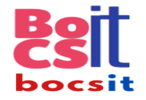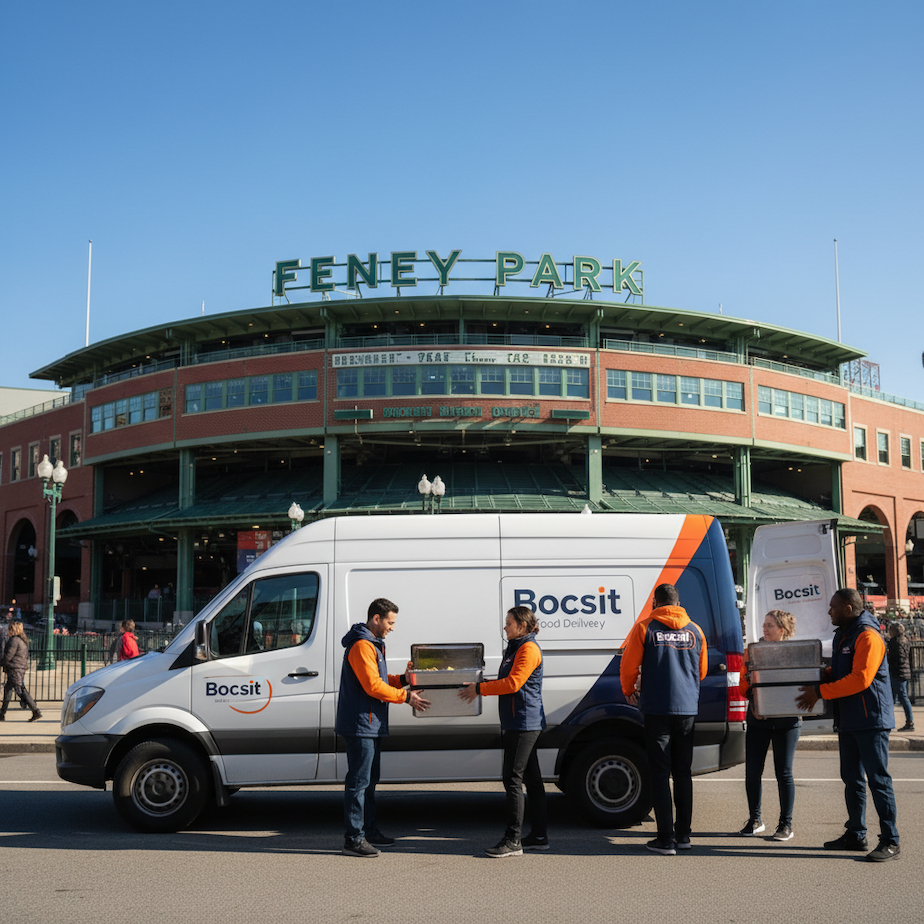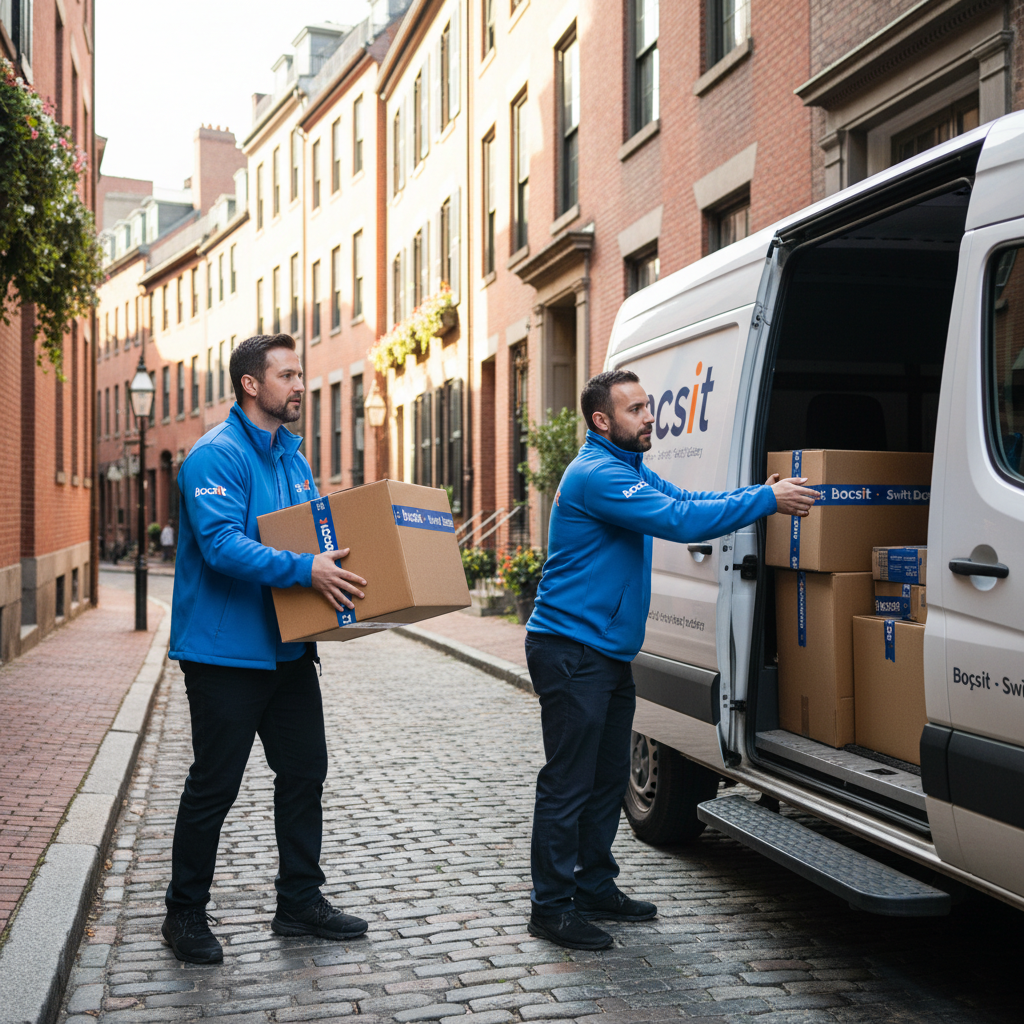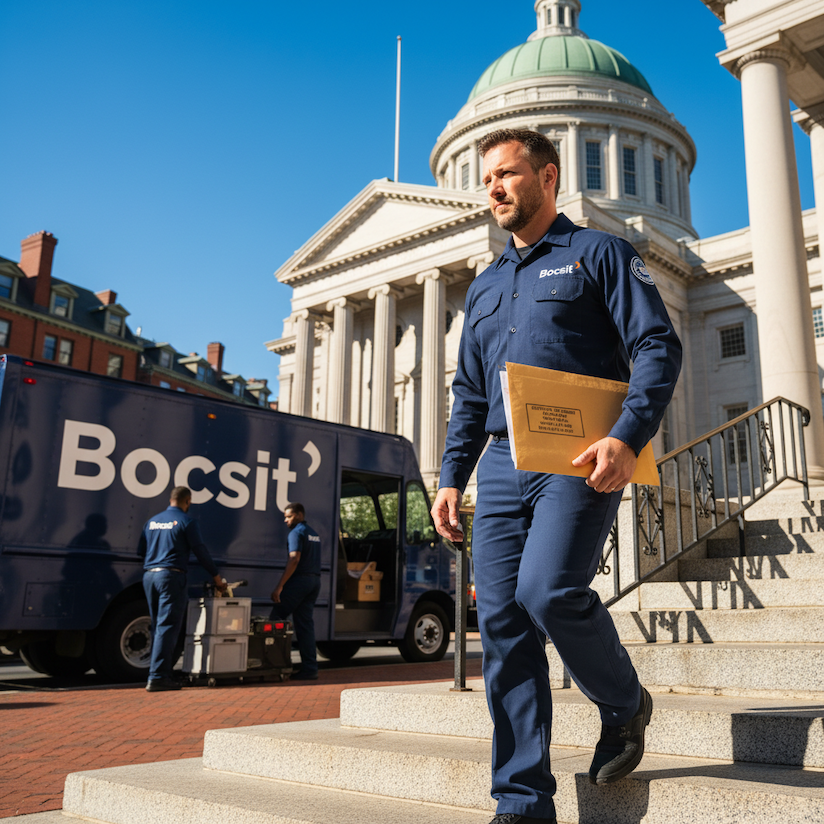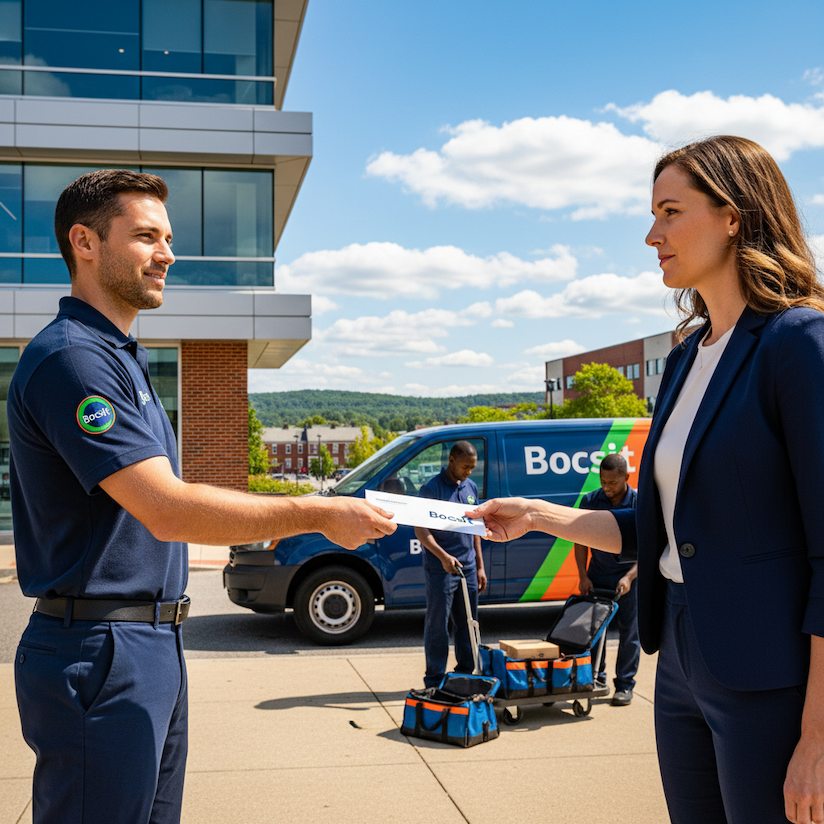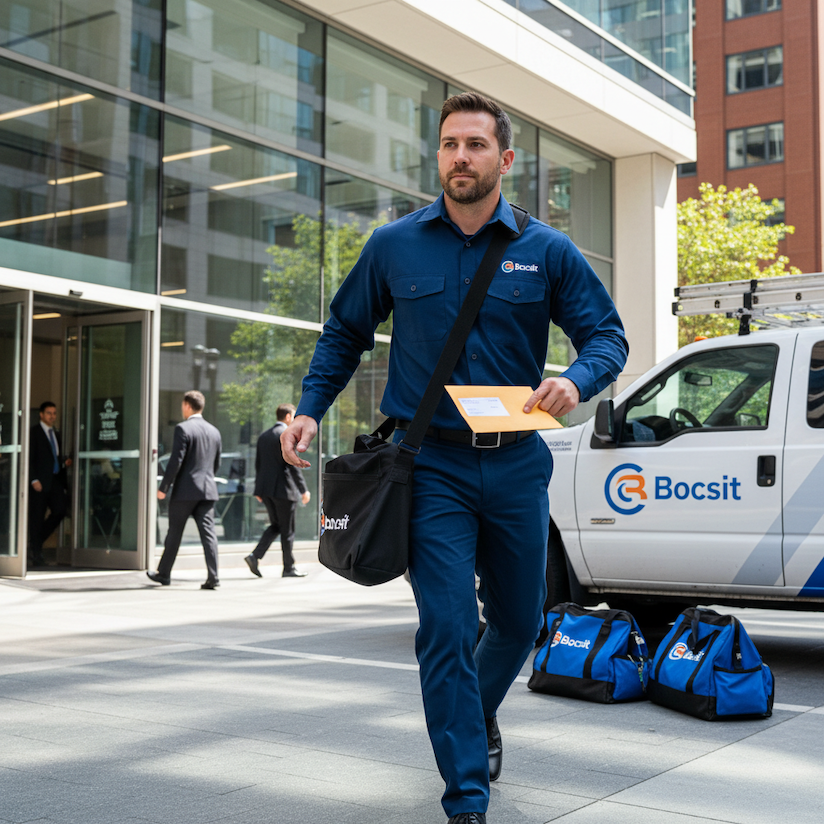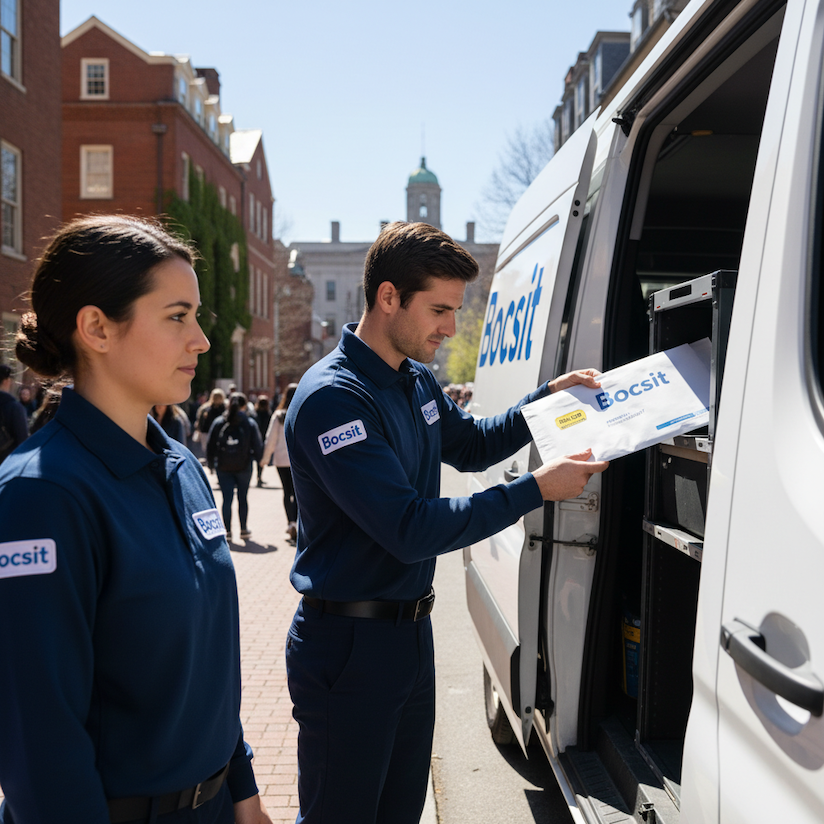Addressing Inefficiencies in Trucking Supply Chains

In the complex world of logistics, inefficiencies in trucking supply chains can lead to significant losses in time, resources, and money. As the backbone of global trade, the trucking industry faces constant pressure to deliver goods efficiently and reliably. However, various challenges, including route inefficiencies, underutilization of assets, and outdated technology, can hinder performance. This blog post explores strategies to address these inefficiencies, aiming to streamline operations, reduce costs, and enhance the overall effectiveness of trucking supply chains.
Identifying Key Inefficiencies
Before addressing inefficiencies, it's crucial to identify them accurately. Common areas of concern include:
Route Inefficiencies: Poorly planned routes can lead to unnecessary fuel consumption, increased mileage, and delays.
Asset Underutilization: Trucks not fully loaded or sitting idle represent wasted potential and increased operational costs.
Outdated Technology: Reliance on manual processes and outdated systems can slow down operations and reduce accuracy in logistics planning.
Communication Gaps: Inadequate communication between drivers, dispatchers, and customers can lead to misunderstandings and inefficiencies.
Strategies for Enhancing Efficiency
Leveraging Advanced Routing and Scheduling Software
Technology offers powerful tools for optimizing routes and schedules. Advanced software can analyze numerous variables in real time, including traffic conditions, weather, and delivery windows, to determine the most efficient routes. This not only saves time and fuel but also improves customer satisfaction through reliable delivery times.
Maximizing Asset Utilization
Improving asset utilization involves ensuring that trucks are fully loaded and reducing idle time. Techniques include consolidating shipments to fill trucks and implementing backhauling strategies to avoid empty return trips. Efficiently managing the fleet's size and composition based on demand can also contribute to higher utilization rates.
Investing in Modern Technology
Adopting modern technology is key to addressing inefficiencies. This includes the use of telematics for real-time vehicle tracking, electronic logging devices (ELDs) for accurate hours-of-service monitoring, and automated warehouse and inventory management systems. These technologies improve operational visibility, enhance decision-making, and streamline workflows.
Improving Communication and Collaboration
Effective communication across the supply chain is essential for minimizing inefficiencies. Digital platforms can facilitate real-time information sharing between drivers, dispatchers, and customers, improving coordination and flexibility. Collaborative logistics, where companies share transportation resources, can also reduce redundancies and optimize asset use.
Training and Development
Investing in training for staff and drivers ensures that they are equipped with the knowledge and skills to operate efficiently. Training programs can cover areas such as eco-driving techniques, which can reduce fuel consumption and emissions, and the use of logistics software, which can help staff optimize routes and manage operations more effectively.
Addressing inefficiencies in trucking supply chains requires a multifaceted approach, combining technology, strategic planning, and human capital development. By identifying and tackling inefficiencies, companies can achieve significant cost savings, reduce environmental impact, and enhance service quality. As the logistics landscape continues to evolve, the trucking industry must remain agile, leveraging new technologies and methodologies to stay competitive and meet the demands of a rapidly changing global market.
